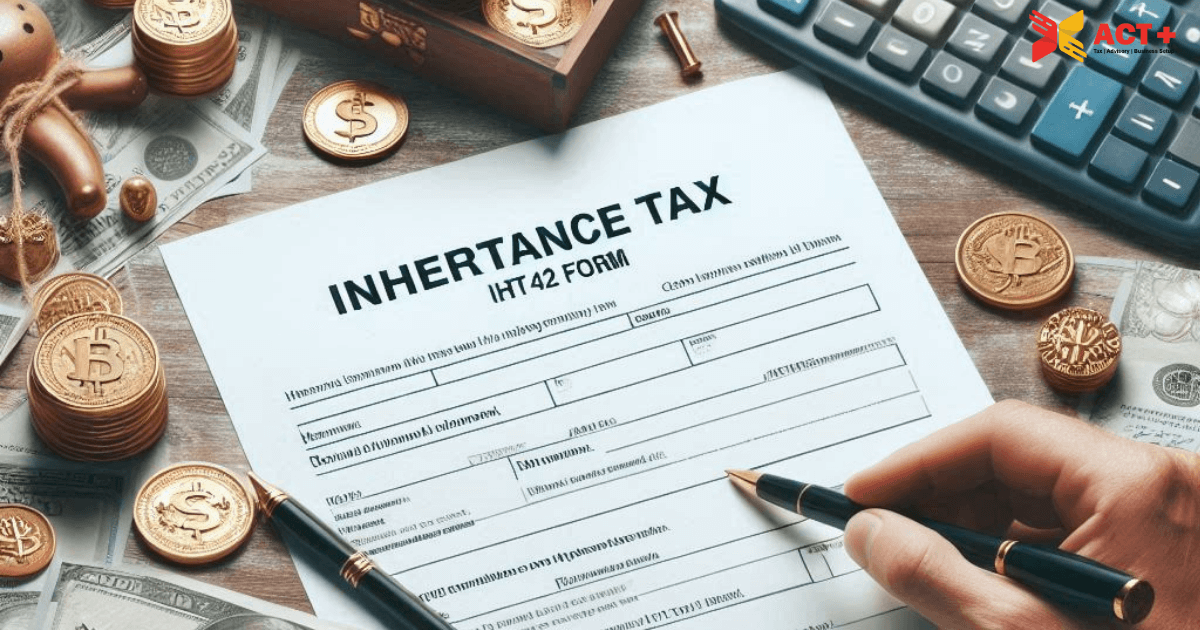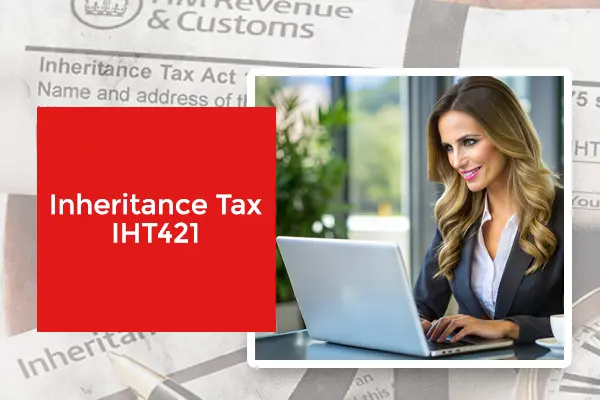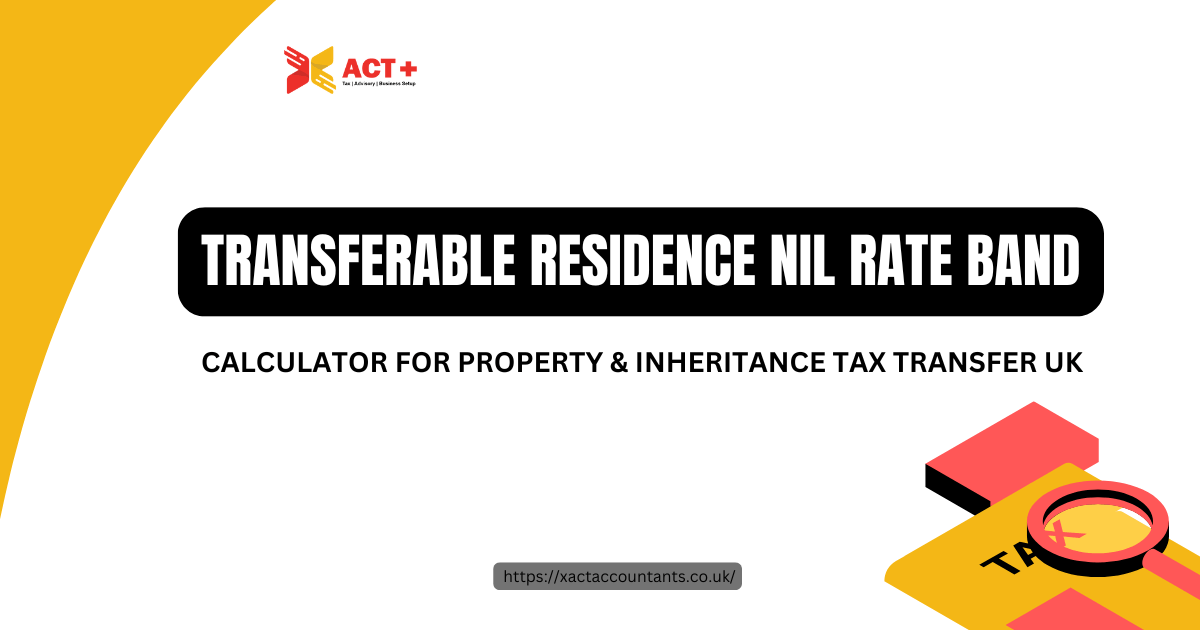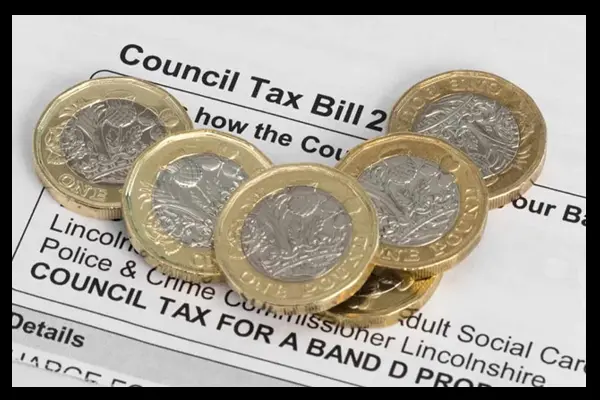Inheritance Tax IHT421
The IHT421 form is critical in handling inheritance tax matters during probate. This form is necessary when an estate needs to be cleared by HMRC before probate can be granted. Inheritance tax, or IHT, is charged on the estate of someone who has passed away. Certain tax obligations must be fulfilled to process the estate for legal transfer, and the iht 421 form is pivotal in this process. This article discusses the IHT421 form, its importance in the probate process, and how to complete and submit it effectively.
What is the IHT421 Form?
The IHT421 form, also known as the probate clearance form, is issued by HMRC to confirm that all inheritance tax (IHT) due on an estate has been calculated or paid. It guarantees the inheritance is ready for probate, the legal procedure that distributes the deceased’s property to heirs.
This form is a part of the probate clearance process and is linked to calculating inheritance tax liabilities. After receiving this form, the probate court will grant permission to manage and distribute the estate’s assets. Without completing the form iht421, obtaining probate clearance can be delayed, affecting the overall estate settlement.

Estate Breakdown and Tax Calculation
| Estate Value | Inheritance Tax Due (IHT) | Tax Paid | IHT421 Submitted | Probate Granted |
|---|---|---|---|---|
| £400,000 | £30,000 | Yes | Yes | Yes |
| £500,000 | £50,000 | No | Yes | Pending |
| £325,000 (threshold) | £0 | N/A | No | Yes |
Relation to Inheritance Tax (IHT)
Inheritance Tax (IHT) is a tax on the estate (the property, money, and possessions) of someone who has passed away. The standard rate of IHT is 40%, but it is only charged on the part of the estate above the threshold, which is £325,000 as of 2024. The IHT421 Form ensures that HMRC is satisfied with the IHT liability of the estate before probate can proceed.
Executors are responsible for paying IHT before any assets can be distributed to beneficiaries. The iht421 Form provides evidence to the probate office that this obligation has been fulfilled. Executors must make sure they are aware of the updates to IHT calculations made by inheritance tax changes in 2024 before completing the form.
Connection with Probate and the Clearance Process
Probate is the legal process of administering the estate of a deceased person, ensuring that their debts are settled and their assets are distributed according to their will (or, if no will exists, according to the law). The form iht421 is integral to this process because it confirms that the estate’s tax position is clear. Once the form is submitted and accepted, HMRC will notify the probate registry that the estate is clear of tax liabilities, and probate can be granted.
When is the IHT421 Form Required?
The IHT421 form, also known as the probate clearance form, is an essential document for executors or personal representatives handling the estate of a deceased person in the UK.
Scenarios When the IHT421 Form is Necessary
The IHT421 document is primarily required when the estate of a deceased person exceeds the inheritance tax (IHT) threshold set by HMRC. In the UK, as of 2024, this threshold is generally £325,000, though exemptions may apply depending on the individual’s circumstances, such as property ownership or spousal transfers. If the estate’s value surpasses this limit, inheritance tax will be due, and the IHT421 form must be completed to apply for a grant of probate.
- When IHT is due: If inheritance tax is owed, you must submit the IHT421 form to HMRC as part of the probate process to show that the tax has either been paid or arranged.
- Exemption cases: Even in cases where the estate is below the inheritance tax threshold but probate is required, the IHT421 form must be submitted to HMRC as proof that no IHT liability exists.
Link Between Inheritance Tax and IHT421
The IHT421 form directly links to inheritance tax by serving as an official clearance that the necessary taxes have been settled or accounted for. Before probate can be granted, HMRC must ensure that any applicable inheritance tax has been either paid in full or properly arranged through a payment plan. Once the tax situation is confirmed, HMRC will return the stamped IHT421 form to the executor, who can then proceed with the probate application.
For estates where tax is payable, the IHT421 form helps confirm that the correct inheritance tax form (IHT400 or IHT205) has been submitted and processed and that no further tax liabilities are outstanding.
Timing of Submission about Probate and Estate Handling
The IHT421 document must be submitted to HMRC after completing the inheritance tax return (IHT400 or IHT205) and settling any tax due. Once HMRC processes these forms and confirms that the tax has been paid or arranged, they will issue the stamped IHT421. This stamped document is essential for submitting the probate application, as probate cannot be granted without it. Therefore, submitting the IHT 421 form promptly ensures a smooth and timely probate process, allowing the executor to manage and distribute the estate.
How to Complete the IHT421 Form
Filling out the iht 421 form can seem daunting, but it becomes manageable by breaking it down. Here Step-by-Step Guide on Filling Out the Form
To complete the iht 421 form, follow these steps:
- Download the form from HMRC’s website or receive it as part of the inheritance tax submission process.
- Complete basic personal details of the deceased, including their full name, date of death, and National Insurance number.
- Provide executor or administrator information, including contact details and legal status as the person handling the estate.
- Include details of the estate’s value, ensuring they match the values reported on the IHT400 or IHT205 inheritance tax forms.
- Submit the form to HMRC, either electronically or by post, after calculating any inheritance tax due.
Information Required for IHT421 Form Submission
To fill out the IHT421 form, you will need key information, such as:
- The deceased’s details (name, date of death, National Insurance number).
- The total value of the estate and any tax already paid.
- The personal representative’s details (executor’s name, address, and signature).
- Reference numbers from the corresponding inheritance tax forms (IHT400 or IHT205).
Key Sections to Focus On
Pay close attention to the following sections of the IHT421 form:
- Section 1: This covers the deceased’s details, which must match the Succession Tax forms.
- Section 2: Ensure accurate information on the estate’s value, as any discrepancies can delay probate.
- Section 5: Executor details must be carefully completed to confirm their legal authority. These sections are essential for obtaining the necessary clearance from HMRC to proceed with probate.
Submitting the IHT421 Form
Where and How to Submit the IHT421 Form
The IHT421 form can be submitted either electronically via HMRC’s online portal or by post to the address provided on HMRC’s website. Executors must ensure that all necessary documents, including the inheritance tax forms, are submitted alongside the IHT421 to avoid delays.
HMRC Submission Guidelines
HMRC recommends that the IHT421 submission be made after confirming the inheritance tax payment or arranging a payment plan. Ensure the form is fully completed, signed, and includes all relevant details about the estate and executors to ensure smooth processing.
Common Mistakes to Avoid When Submitting IHT421
Common errors include providing incorrect estate values, missing executor details, or failing to match the information on the IHT421 probate form with the inheritance tax forms. These mistakes can delay the probate process, so double-check all entries before submission.
IHT421 Form and the Probate Process
The probate iht421 form connects directly to the granting of probate. Once HMRC has confirmed that all Death Duty has been accounted for or paid, they will issue the probate clearance form iht421. This document allows the executor to apply for probate and proceed with the distribution of the estate.
Once the iht421 tax form has been processed and cleared by HMRC, probate is usually granted within 8 to 12 weeks, though this can vary based on estate complexity and HMRC processing times. Executors should plan accordingly to avoid delays.
Common Issues with IHT421 Forms
Several common issues can arise when handling the IHT421 form, and addressing them early can prevent significant delays in probate:
- Incomplete Form Details: Missing or incorrect information is a frequent problem. Ensure that every section of the iht421 is completed.
- Incorrect Tax Calculations: Miscalculations of the estate’s tax obligations can lead to rejection. Verify all figures before submission.
- Late Submission: Delays in submitting the inheritance tax form can hold up the probate process, as HMRC clearance is required to proceed.
By paying close attention to these common iht form issues, executors can avoid unnecessary probate delays.
Labour Inheritance Tax: Current Proposals and Impacts
The Labour Party has been vocal about its stance on the Inheritor Tax, often calling for reforms to create a fairer system. Currently, inheritance tax applies to estates valued above £325,000, and anything beyond this threshold is taxed at 40%. Labour’s proposals suggest increasing the tax rate for the wealthiest estates while offering relief for those at the lower end of the threshold. This potential change in Labour inheritance tax policy is seen as part of the party’s broader goal to redistribute wealth more equitably.
The Labour Party inheritance tax plans have sparked debates about the impact on families and individuals. One key proposal is to revise the thresholds and adjust the tax bands to ensure wealthier estates pay more, while ordinary families face less burden. Labor and inheritance tax rate adjustments are expected to feature prominently in the next budget inheritance tax discussion. These plans are likely to affect the timing and processing of estates, including the submission of essential documents like the IHT418 and IHT421 form PDF.
IHT418 and IHT421 Understanding the Differences
The IHT418 form is used for reporting liabilities such as debts or mortgages that reduce the estate’s taxable value, while the IHT 421 document confirms that inheritance tax has been paid, allowing probate to be granted.
IHT421 Form PDF Download
The form iht421 is available for download as a PDF from the official HMRC website. This form is essential for obtaining clearance from HMRC, which in turn is necessary to move forward with probate.
Conclusion
The IHT421 form is a crucial document in handling inheritance tax and probate in the UK. Filling it out correctly and submitting it on time ensures a smoother probate process and avoids delays in distributing the estate. Executors and beneficiaries should understand the importance of this form and seek professional help if they encounter difficulties.
For those unsure about how to manage inheritance tax matters, consulting an inheritance tax specialist is advisable. These professionals provide guidance on everything from inheritance tax changes in 2024 to the IHT helpline HMRC. Understanding the probate clearance process and tax obligations can help ensure a seamless transition of assets.
















